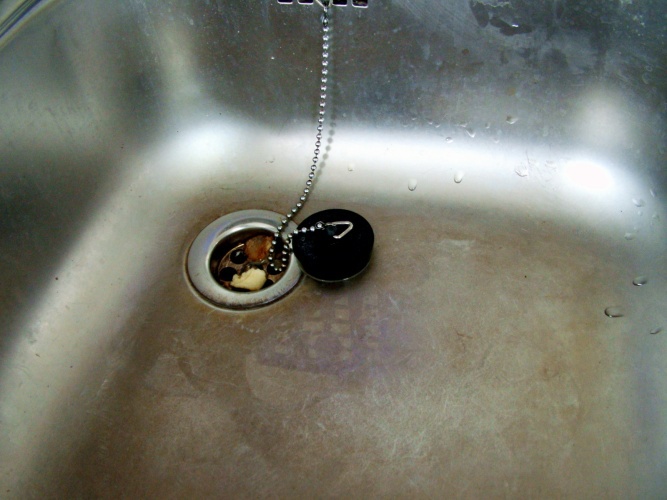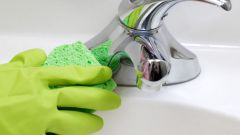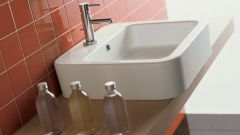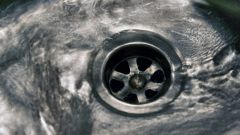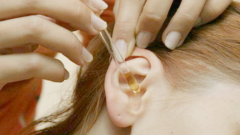You will need
- Sponge, brush, club soda, vinegar, hydrogen peroxide, and pure water.
Instruction
1
From the daily use of plumbing is covered with patina, rust and various sediments. Therefore, in addition to the usual wash with warm water and soap, you must use special tools to remove contaminants. For porcelain sink, you can apply a 10% solution of soda, and limescale on the tap to remove the warmed vinegar.
2
If the porcelain sink is very dirty and not amenable to simple washing with soap and sponge, you can try to whiten it. For this you need to remove from the sink all that is in it, to plug the drain stopper and fill the sink with hot water almost to the top. Then dissolve in water a Cup of bleach and leave the solution for about 30 minutes – one hour. After the desired time, the bleaching solution is drained, and the sink a good rinse with warm clean water and wipe with a dry sponge.
3
Rust stains from porcelain and enamel can be removed with a mixture of hydrogen peroxide with 10% liquid ammonia. Cleaned spots should be with a stiff brush or a hard sponge surface. But you can not use a metal sponge for dishes – they can scratch the enamel surface and the dirt will hide in the cracks even more.
4
In order to extend the service life of the shell, always pay attention to the detergent and its purpose. Do not use for cleaning are too aggressive means that are not intended for household plumbing. This way you can not only spoil the surface of the shell, but also harm their own health, breathing in toxic fumes.
5
Stainless steel sinks can not be washed with abrasive powders. They make the surface dull and scratched stainless steel. Also never use hard sponges or brushes. Wash sink, stainless steel best dense sponge abundantly moistened with warm soapy water. Then shell need a good rinse and wipe dry, leaving no stains of drying moisture. To make the sink stainless steel more bright and shiny, wipe it with a vinegar solution, and then bathe with warm water.
Useful advice
When washing shell wear rubber gloves to protect the skin from aggressive detergents.
